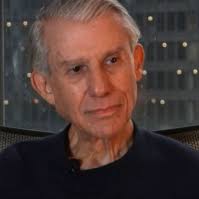This piece was reprinted by OpEd News with permission or license. It may not be reproduced in any form without permission or license from the source.
-- A. Piat Andrew, Assistant Treasury Secretary;
-- Benjamin Strong, head of JP Morgan's Bankers Trust and later de facto Fed chairman as governor of the New York Federal Reserve Bank, the mother bank;
-- Henry Davison, Sr., JP Morgan partner;
-- Paul Warburg, Kuhn, Loeb & Co. partner, representative for the Rothshilds and Warburgs in Europe, and the main Fed architect;
-- Frank Vanderlip, William Rockefeller representative and president of National City Bank of New York; and
-- Charles Norton, president of 1st National Bank of New York.
On December 23, 1913, they prevailed when Congress passed the Federal Reserve Act to let private bankers control the nation's money and effectively annul the Constitution's Article I, Section 8, mandating only to Congress the power to coin (create) money and regulate the value thereof. Nothing ever since has been the same. Thereafter, "we the people" meant Wall Street, not the "general welfare" or "the blessings of liberty" as the Constitution's Preamble affirms.
Congress established the Fed in the middle of the night by shepherding the legislation through a carefully arranged Congressional Conference Committee meeting between 1:30 - 4:30AM on December 22. It was then enacted the next day when many members were away for the holidays, most others hadn't read it, and it didn't matter for those who did because the text was intentionally vague. The nation's money would be printed by the US Bureau of Engraving and Printing, then issued as a government obligation, or debt, to the private Federal Reserve with interest.
Next Page 1 | 2 | 3 | 4 | 5 | 6 | 7 | 8 | 9 | 10 | 11 | 12 | 13
(Note: You can view every article as one long page if you sign up as an Advocate Member, or higher).





